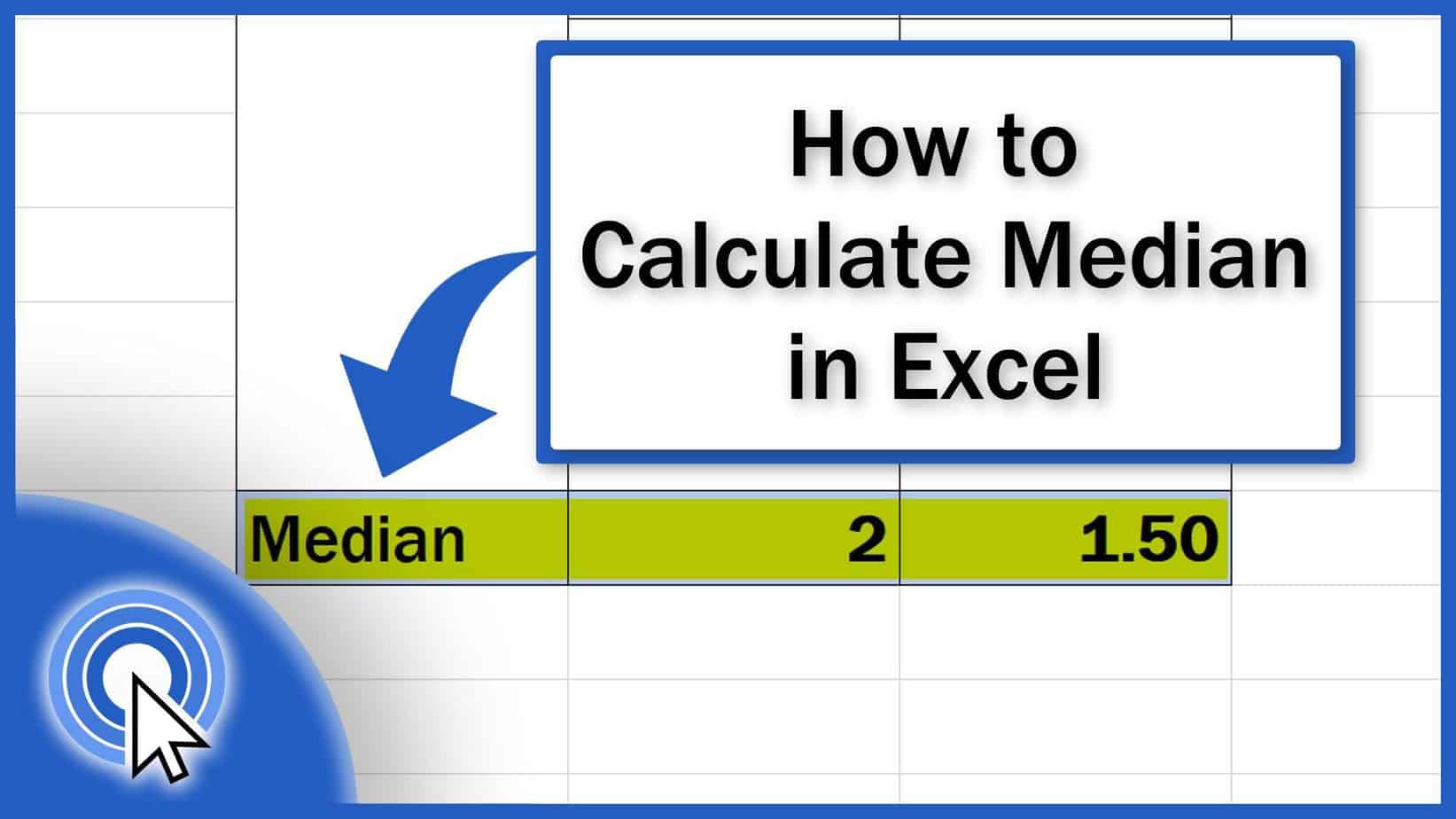All Through Yr 1, the retailer purchases $10 million in further stock and fails to sell $5 million in inventory. Under the matching principle of accrual accounting, every value must be acknowledged in the same period as when the income was earned. COGS only applies to these how to calculate cost of sales prices immediately associated to producing items meant for sale.
Figuring Out Inventory Prices

With $ 18,000 value of stock at the finish of the month, the company can use the value of sales formula to calculate the cost of sales in the course of the month. Understanding your cost of sales is crucial for effective pricing and profitability analysis. It allows companies to manage their stock effectively and assess their gross margin precisely. Cost of gross sales is totally different from working bills in that the value of gross sales covers costs immediately tied to the manufacturing of products and companies.
What Type Of Companies Are Excluded From A Cogs Deduction?
If your company sells products, there’s one very important metric that you should https://www.kelleysbookkeeping.com/ have the ability to calculate and monitor – COGS, or Value of Goods Sold. Recording Price of Goods Bought involves distinct journal entries relying on the stock accounting system. The specific price circulate assumption (FIFO, LIFO, or weighted-average) determines the financial worth assigned to items sold. Businesses use numerous price flow assumptions to assign prices to stock and COGS, especially when similar gadgets are purchased or produced at totally different prices.
While making this determination, the key consideration should be to incorporate each expense that was paid to manufacture the goods or deliver the service. If a specific expense causes the manufacturing to stop, then naturally, it ought to always be included in the price of gross sales calculation. The price of gross sales is a basic aspect of economic analysis and strategic planning for companies of all types and sizes. It’s calculated to measure how a lot is being spent to supply a sellable good.
- Labor costs embody wages and benefits for workers who immediately perform companies for purchasers.
- Sales progress is not the only way to measure the effectiveness of a marketing marketing campaign.
- Price of Items Offered represents the direct costs concerned in producing goods or companies that a enterprise sells throughout a selected accounting interval.
- Calculating direct labor prices can be advanced, especially in industries with variable pay scales or bonus constructions.
- The objective of lowering your cost of sales is to extend total profitability within the business.
Can Value Of Products Offered Be Used To Improve Profitability?
Value of gross sales is the accrued total of all the costs of supplying a product. Whereas the definition of price of gross sales is straightforward to grasp, the calculation may be complicated relying in your products. The price of gross sales method includes varied direct and oblique costs, which can make things extra difficult. COGS counts as a business expense and impacts how much profit a company makes on its merchandise. Accurately calculating your price of sales is crucial for understanding your business’s profitability and making informed pricing selections.

Many people use “cost of sales” and “costs of products sold” interchangeably. • Throughout the month, the enterprise spent $3,000 for the acquisition of supplies to make new merchandise (the stock cost). • Completely Different inventory costing methods affect COGS figures, including FIFO, LIFO, and weighted common. So even though gross sales dropped, your campaign has an ROI of 60% calculated from ($800 – $500) / $500 x one hundred, That’s an excellent return in the first month of a marketing campaign. Value of Items Sold is a line merchandise on a company’s P&L statement, along with revenue, expenses, taxes, internet revenue, and interest. By optimising COGS, you’ll have the ability to witness significant enhancements in profitability and operational efficiency.
Price of goods bought includes the outlay for supplies and labor that are directly used to create the product. COGS does not embrace oblique bills, similar to sales or distribution costs. These embrace operating bills, like workplace supplies, advertising, distribution prices, and hire. It additionally excludes administrative costs or basic overhead costs that aren’t strictly related to the manufacturing of products.


Add a Comment